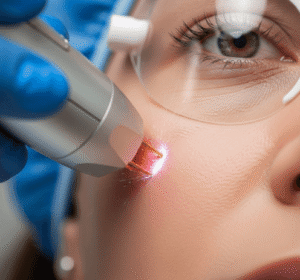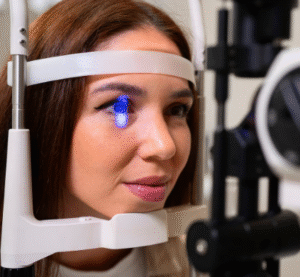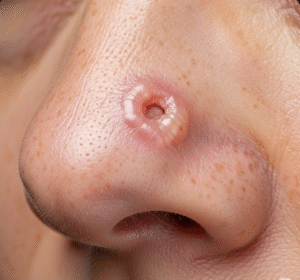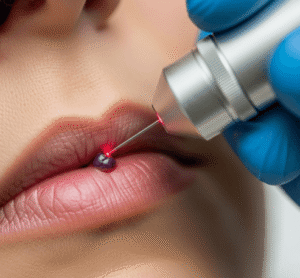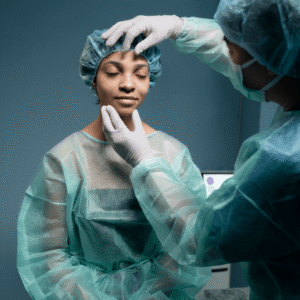What It Is
Breast asymmetry correction is a surgical procedure that addresses differences in size, shape, or position between the two breasts. While mild asymmetry is very common, significant differences can cause aesthetic concerns, difficulties with clothing, and psychological distress.
Correction may involve breast augmentation, reduction, mastopexy (lift), or a combination of these procedures to create natural balance and symmetry. In Korea, surgeons use 3D imaging, advanced surgical planning, and tailored techniques to achieve harmonious and proportional results.
Why It’s Done
Patients undergo breast asymmetry correction because:
- One breast is noticeably larger, smaller, or positioned differently.
- Asymmetry affects confidence, posture, and clothing choices.
- The difference is due to congenital conditions, puberty development, pregnancy, breastfeeding, weight loss, or previous surgery.
- They want balanced and natural-looking breasts.
Good candidates include:
- Women with significant asymmetry affecting appearance or self-esteem.
- Patients in good overall health.
- Those with realistic expectations about outcomes and scars.
Alternatives
- External prosthetics or padded bras: Provide temporary symmetry but no permanent correction.
- Fat transfer augmentation: Subtle improvement without implants, suitable for mild cases.
- Observation: In mild asymmetry that does not cause concern.
Preparation
Before breast asymmetry correction in Korea, patients will:
- Undergo consultation with 3D simulations and breast imaging.
- Discuss the best option (implant, reduction, lift, or combination).
- Stop smoking and alcohol 2–4 weeks prior to surgery.
- Avoid blood-thinning medications and supplements.
- Plan for postoperative downtime and follow-ups.
How It’s Done
- Anesthesia: General anesthesia is typically used.
- Surgical plan: Customized based on asymmetry type:
- Augmentation: An implant or fat graft is placed in the smaller breast.
- Reduction: The larger breast is reduced for balance.
- Lift (mastopexy): Adjusts breast height and nipple position.
- Combination: Different techniques on each side for symmetry.
- Closure: Fine sutures are used, and dressings applied.
- Duration: 2–4 hours depending on complexity.
Recovery
- First week: Swelling, bruising, and soreness are common; support bras are worn.
- Return to activities: Light duties after 5–7 days; strenuous exercise avoided for 4–6 weeks.
- Final results: Breasts appear more symmetrical and balanced within 2–3 months, with scars fading gradually.
Possible Complications
- Residual asymmetry (minor differences may remain).
- Visible scarring depending on the technique used.
- Temporary or permanent changes in nipple sensation.
- Infection, hematoma, or delayed healing.
- Need for revision in complex cases.
Treatment Options in Korea
Diagnosis
Korean surgeons use 3D breast analysis, imaging, and simulations to precisely measure asymmetry and design a customized correction plan.
Medical Treatments
- External prosthetics or specialized bras for patients not ready for surgery.
Surgical or Advanced Therapies
- Breast augmentation with implants or fat transfer for smaller breast.
- Reduction surgery for larger breast.
- Mastopexy for repositioning and symmetry.
- Hybrid correction using multiple methods for complex asymmetry.
Rehabilitation and Support
- Scar management with silicone gels, microneedling, or fractional laser.
- Long-term follow-up for breast health and stability.
- Lifestyle guidance to maintain results.
- International patients benefit from Korea’s aesthetic precision, advanced technology, and personalized aftercare services.




